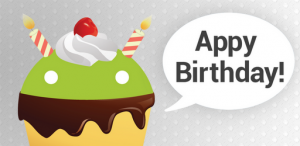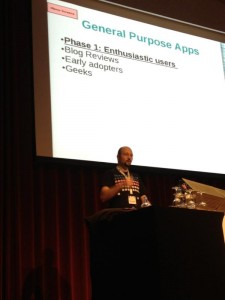It has been a while since I published Codemon on Google Play, and I have been updating it quite often. I originally talked about why I made Codemon in my personal blog, in Spanish. I got many requests to post it in English, so here it is.
The story starts a while ago: It was the 90s and there was a TV commercial (at least in Spain) about something called “Barcode Battler”. It was a portable console you could scan barcodes with, which turn into creatures you used to battle each other. Sounds familiar?
I loved the concept, but back then I was a student with little money to spare so I never got my hands on one of those. Instead, the concept of the game got stuck in my head, where it kept being an amazing game, and since I never played it, it didn’t have any flaws or limitations.
Fast forward to the arrival of smartphones. The first time I saw a barcode scanner that used the camera of a phone the concept came back to me. I thought that the game could be done for phones, so I searched it. What I found was Barcode Beasties, which is a similar concept but the gameplay was really limited and the UI was “not so good”. My inner geek was urging me to build a better barcode game, but I had a full time job… until I resigned.
Then it came The Pill Tree, a gaming studio I co-founded with a friend. The idea of building a game based on scanning barcodes was always there. In fact we had a prototype of a game called “DNAPets” (working name) which at the end was pushed out by SpaceCat. Once SpaceCat was done, there was no continuity on The Pill tree and the idea was “abandoned”.
Then I started Platty Soft, and this project was always there. Taking time from here and there I was able to build prototypes and test them. The idea evolved again to something more of a “Pokemon” style and therefore the name Codemon (Barcode Monsters) the monsters you find on barcodes.
The last obstacle was the lack of a designer since day 1. A pet/monster game has character design as a cornerstone, and any game needs a nice UI. Hire someone for a personal project, not knowing how (or if) it is going to work out and running it on your own money was a difficult decision. But then I realized that it was either that or abandon the project, and I had invested so much time and illusion to trash it now.
Finding a designer was not easy and I must say I was lucky with the ones that got worked with me, and very happy with the result as well.
All in all, there have been more than 3 years since I got struck by the idea, and around 20 since the seed was planted. The final result is a game where you scan barcodes to find Codemons which you can battle other players with and level them up (and collect them as well) if you haven’t tried it yet, I encourage you to do so.

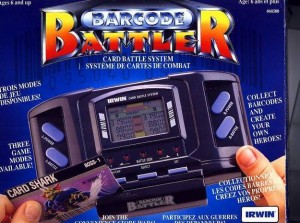
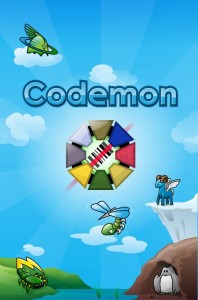
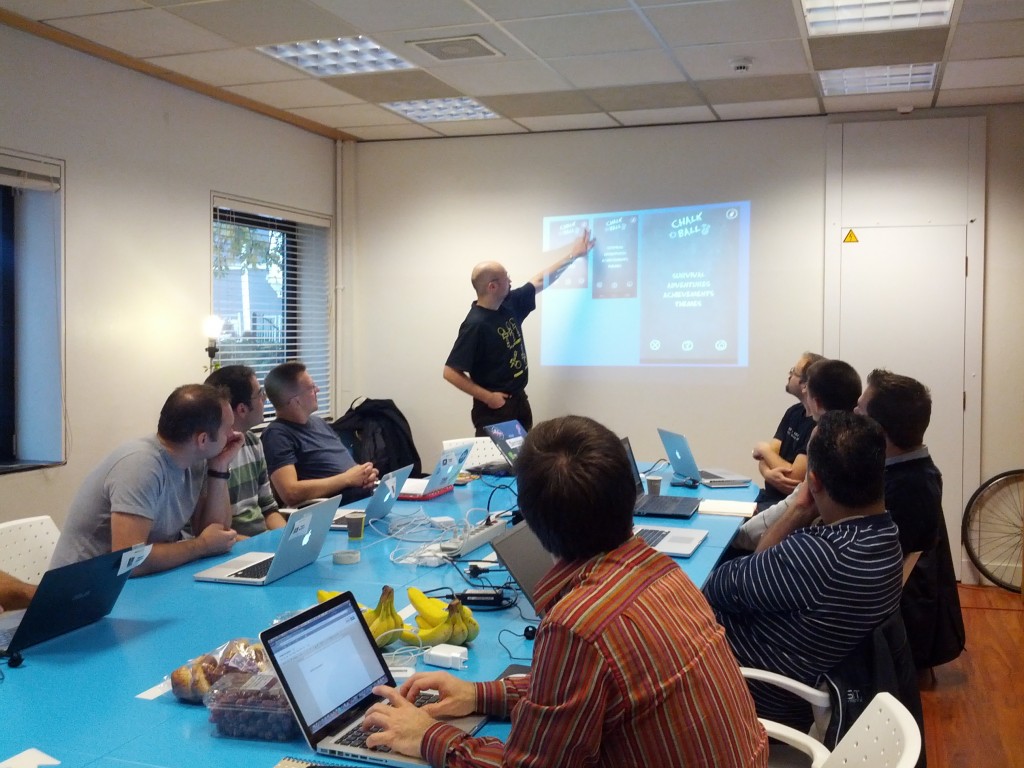
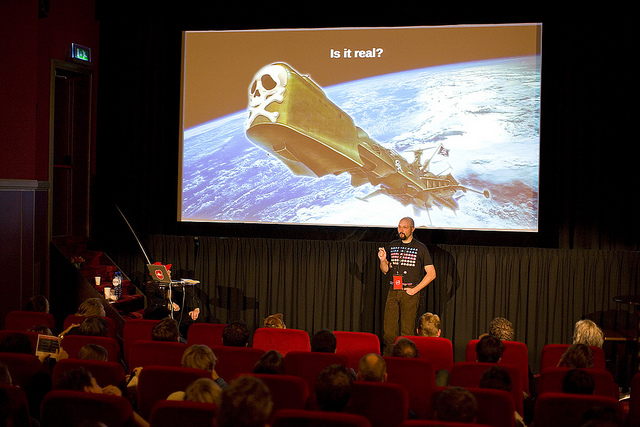
 Since all the names start with R, the name of the team became Apps’R’Us, which turned out to be quite popular name when I searched it on the Internet after the Hackathon.
Since all the names start with R, the name of the team became Apps’R’Us, which turned out to be quite popular name when I searched it on the Internet after the Hackathon.